|
While the indie game scene is flourishing in America, there's not a lot of thought given to foreign scenes. Japan is probably the largest and most influential games market, so of course they've got indie devs. Branching Paths, a documentary directed by Anne Ferrero, serves to shed some light on the indie game scene in Japan.
0 Comments
Platforms: PC (Via Steam)
Players: 1 Today we are going to take a look at Cherry Tree High Girls' Fight available on Steam right now. Developed by 773 and published by Sekai Project. Let me start off by saying that I was a huge fan of Cherry Tree High Comedy Club when it was first released several years ago so I was very excited to check this one out when the opportunity to review it came up! I went in cold purposely, not looking up any information on it all, and was surprised to find that it was a card fighting/stat growing game as opposed to the earlier titles in the series. Not one to let that stop me I jumped right into it! Platforms: PlayStation 4, PlayStation 3, PlayStation Vita Player(s): 1 To say Odin Sphere Leifthrasir was a good remake is an understatement. To say it was a good game is also an understatement. In a gaming landscape where remasters are commonplace, it’s nice to see one that is both a complete overhaul while still remaining faithful to the original title. If you have a PS4, PS3, or PS Vita, this is a title worth your time and money (and has bonus cross save functionality!) The core of Odin Sphere is 5 concurrent stories set in the world of Erion, centered around the Cauldron War. These stories are being read by a young girl named Alice, and once a story is unlocked it can be replayed at any time. Each story offers a different perspective on the overarching events occurring in Erion, and make use of a different player character with a different playstyle, with 2 final stories involving the culmination of everyone’s story lines for a literal Armageddon event and the aftermath. New to the remake is beautifully remastered art and full voice acting in English and Japanese. Mechanics shared between the classic and refined modes include the beloved alchemy and food systems. Alchemy is pretty straightforward: mix items to get other items. I think nearly every item you find and can use in-game can be used for alchemy, which is pretty handy when you might need a health potion or poison in a pinch. You can perform alchemy at almost any time when you control a character, so mid-boss fight you can scrounge together items on hand to turn the tide. Food in Odin Sphere is downright important: food heals, food gives EXP, and food increases your total HP. Sometimes, the food you eat even leaves you with a seed to grow more food or an item to attack a foe with or use in alchemy. There are also several restaurants in-game as well as summonable in area maps that allow for massive gains of EXP and HP increases, and are well worth grinding. New in the refined mode are expanded maps, additional bosses, and a rather in-depth skill and ability tree. Each character has their own skills and ability to level for, and require searching for hidden locations on the map to acquire all of them. These skills and ability range from better combos to healing when landing critical hits to character-specific boosts to increased EXP from food and more. All are obtainable on a single play through for each character, and allow for a greater range of playstyles. Each story in the game is pretty straightforward: a chapter consists of some cutscenes, map exploration leading to a boss fight, a cutscene, a boss fight, then more cutscene. The maps themselves get increasingly larger as you progress through a character’s story, and are filled with mid-bosses, hidden items, and only a handful of puzzles. However, you’ll visit the same areas with different maps for multiple characters, and have to deal with the same, sometimes terrible, bosses along with them. This can cause the game to get a little stale in places (How many times do I have to beat up this dragon? This airship again!?) Still, the game does try to keep each player from visiting the exact same places, and has them do so at different points in their story. The five characters differ wildly in playstyles, and with little segue between them can cause transitioning from story to story a little difficult. Case in point: the 2nd story is about a sword wielding rabbit-like creature named Cornelius, and I got used to how I had some of his skills set up and jumping around a lot. The 3rd story is about a fairy named Mercedes who uses a bow and can fly. Drastically different. But I think forcing the player to move through all these characters and playstyles is good, making them rethink previous strategies for the same boss. There are a whole slew of trophies in the game, including a platinum, and the game can be completely platinumed on a single play through of the refined mode. I put in about 41 hours to hit platinum, and that included a boss rush, and backtracking for missing abilities and cutscenes necessary to get the full ending. This does not include trying to play through the story on classic, or the Xtra New Game that’s unlocked once you beat the game (essentially a New Game+). I don’t think I can praise this game enough. The combat is smooth and rewards those who love high hit combos, the game runs at a full 1080p at 60fps, there’s no lag to speak of, and visually it’s one of the most stunning games to be released this year. It’s a bit on the loud side volume-wise, but that’s nothing that can’t be addressed with your remote control. Sure, by the time you’re done some things will feel repetitive due to the nature of the story, but there’s so many well done mechanics and so many interesting things going on that it’s worth sticking through to the end. - Janette G (anarchymarie) Graphics: PERFECT Sound: GREAT Gameplay: GREAT Value: AMAZING OVERALL: GREAT AND A HALF Platforms: Game Boy Color, Virtual Console (3DS) Players: 1-2 Long before remasters were a common thing, there was Super Mario Bros. Deluxe. The original Super Mario Bros. hardly needs an introduction. It was a pioneer in platform style video games, and video games in general. Super Mario Bros. Deluxe is a re-release of the game with some enhancements and extra features for the Game Boy Color. To begin with, the classic 1985 game is included in its entirety. It’s a straightforward platforming game which helped to define the genre. Your objective is to move Mario from left to right while jumping to avoid obstacles. At its core, it is as simple as that. The real joy in the game comes from the clever level design, offering enough variety in a short amount of time to leave the player satisfied with the overall experience. Being an NES game originally with no saving option, the game can be run through in 2-3 hours. There are 8 worlds, each with 4 stages. For being so old, the game holds up quite well. It presents a progressive level of challenge as you continue through the game, slowly introducing the player to new concepts until it culminates in the ultimate challenge within the final world. One of the things I like the most about the game is that there are generally a couple of options to how you can approach progressing through each level, yielding different rewards. There are even shortcuts you can take if you want to speed up the process. Let's be honest though, if you are playing video games you probably know plenty about the original Super Mario Bros. already. So instead, let's talk about what the Game Boy Color’s deluxe version brings to the table. There are minor graphical updates, which mostly involve added animations or smoothed out animations. Super Mario Bros. has a very distinctive yet simple art style, which holds up quite well to this day and doesn’t lose any of its value on the Game Boy Color. Some sound effects have been added in order to keep it more engaging and 'modern'. The controls are also designed to be tighter, allowing for more precise control than the original offered. Finally, due to the size of the GBC's screen the whole viewing area is diminished slightly. You can press up or down at any time to scroll to the parts of the screen you can't see. This is a slight annoyance, especially when trying to speed through stages, but is an understandable compromise due to the screen size. The hard mode from the original game is also included. At any point, you can save the game in one of up to 3 save slots, so that you can jump back into the game at the same stage you left off at. Be warned: if you come back later your score will reset. This is also a bit of a downside, because the score is really the only thing to shoot to improve. This means that you are forced to play the game in one sitting if you want to get a new high score. The game being relatively short helps alleviate this a bit, but it's still a poor design choice in the grand scheme of things. There is also a VS. Mode where you can link up with another player and race through the stage for the best time and score (similar to what some of the Genesis Sonic the Hedgehog games did). You can also unlock the ability to do a solo VS. Mode, which involves racing against a Boo of varying difficulty. There is a 'Records' screen to view high scores; there is also an Albums section where you can view unlocked images (which can be printed if you own the Game Boy Printer); there is a Toy Box where you can view a calendar and mark dates, view your fortune and also unlock a couple other features (all of which can be printed using the printer accessory as well). To top it off, there are a couple of features which I found especially exciting. The first is a Challenge mode. This mode allows you to select any stage from the main game to play for a high score with the addition of hidden special red coins or a Yoshi egg. This adds a whole new dynamic to the main game, since you will be actively searching for collectibles rather than just trying to gather as many coins and power-ups as you can as you progress. The other bonus feature can be unlocked by hitting a specific score in the main game. Once you hit this score, you unlock the ability to play the original Super Mario Bros. 2 (in America, referred to as Super Mario Bros.: The Lost Levels or in this game as Super Mario Bros: For Super Players). The sequel presents a much higher challenge and adds some new dynamics to the level design that will surely test even the best players of the first game. While this sounds amazing, it’s unfortunate that they chose to include the Super Mario All-Stars version of the game. This means that some things are toned down to make the game more accessible, and the final secret world was removed. That being said, it’s still nice that an entire second game is included as an unlockable. Despite the minor flaws that come with this release, I'd still call this the definitive release of the original Super Mario Bros. It is packed full of features, and does the best job of preserving the original game while still updating it to be a bit better. If you haven't played the game before I can highly recommend this version. It is an important piece of gaming history, and now with it being on the 3DS Virtual Console it's easy to get a hold of. In short, get it and play it! Especially, if like me, you hadn't played it before. NOTE: If you plan on playing this game on the 3DS via the Virtual Console, please note that all multiplayer features are disabled. The printer function is, of course, disabled as well. The tradeoff is that you can use the Restore Point feature to save at any moment. Besides these difference, it functions identically to the GBC original. - Teepu (Bowser05) Graphics: AMAZING Sound: PERFECT Gameplay: PERFECT Value: PERFECT OVERALL: PERFECT |
Search
Contributors◆ Angie
◆ Emily ◆ J.D. ◆ Janette ◆ JT ◆ Manuel ◆ Nestor ◆ Rose ◆ Sylvia ◆ Teepu ◆ Tiffany ◆ Winfield Archives
July 2025
|
© 2014-2025 A-to-J Connections. All Rights Reserved.

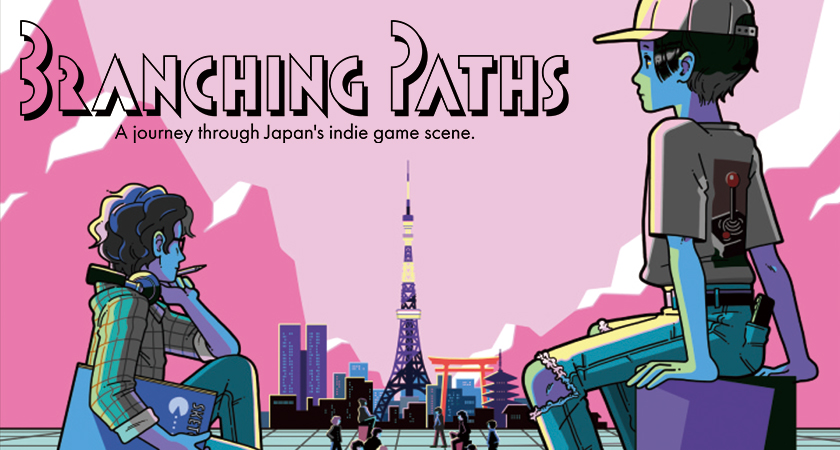

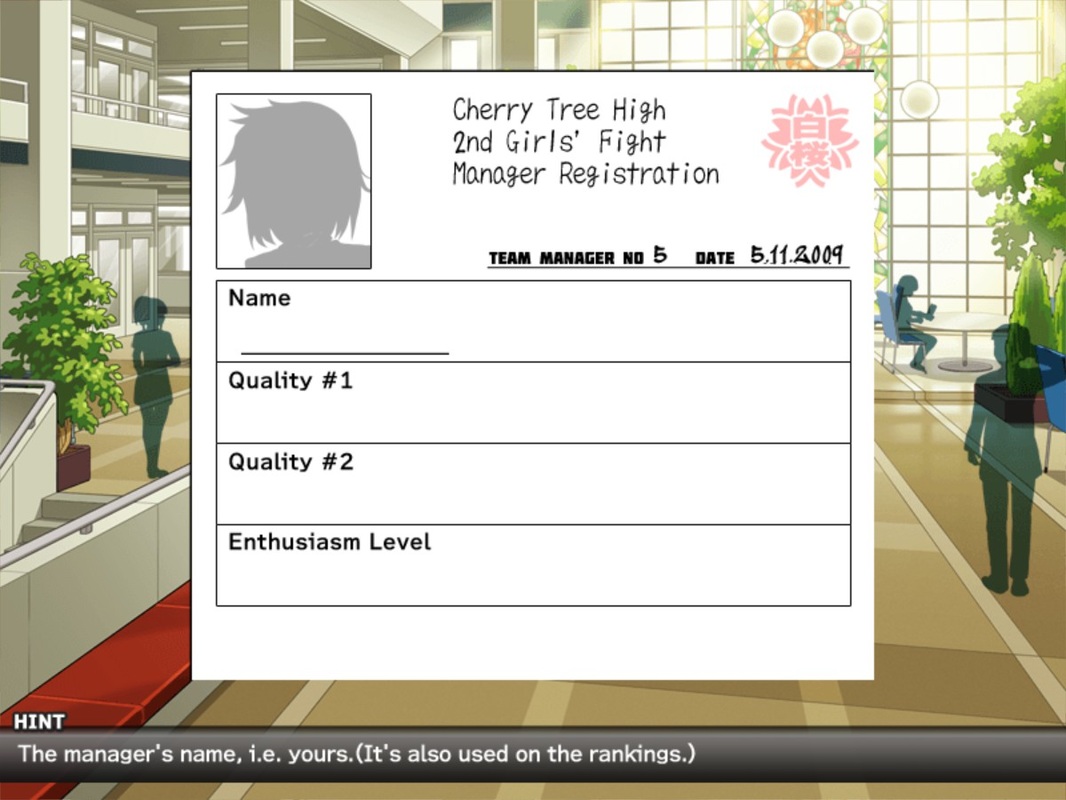

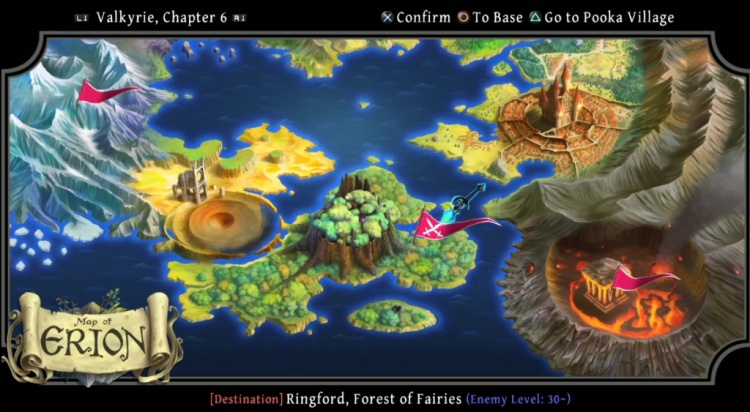
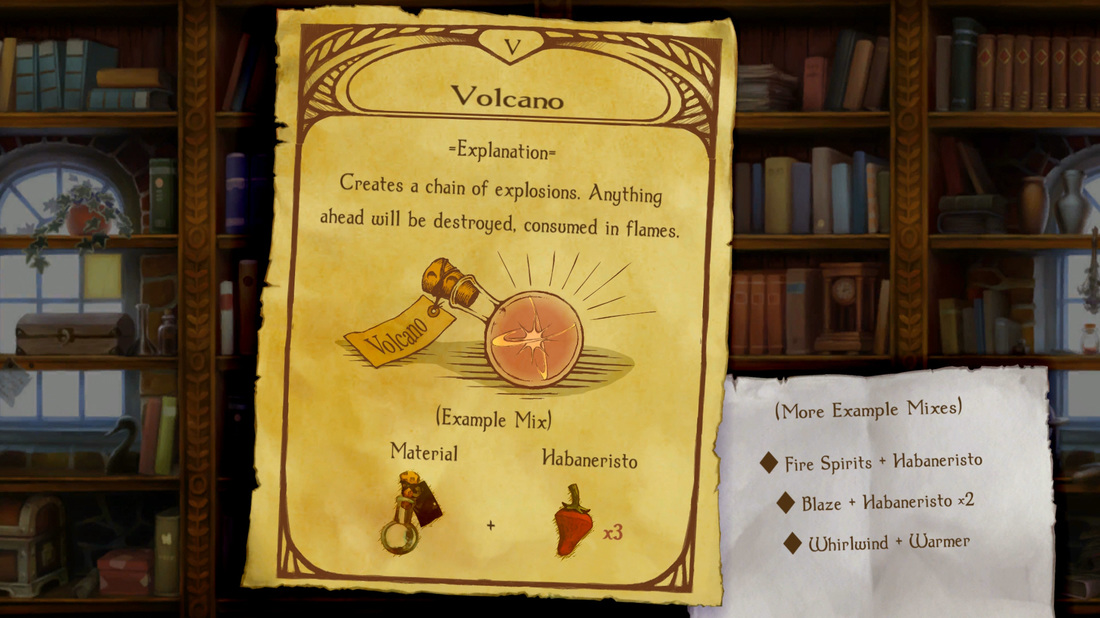

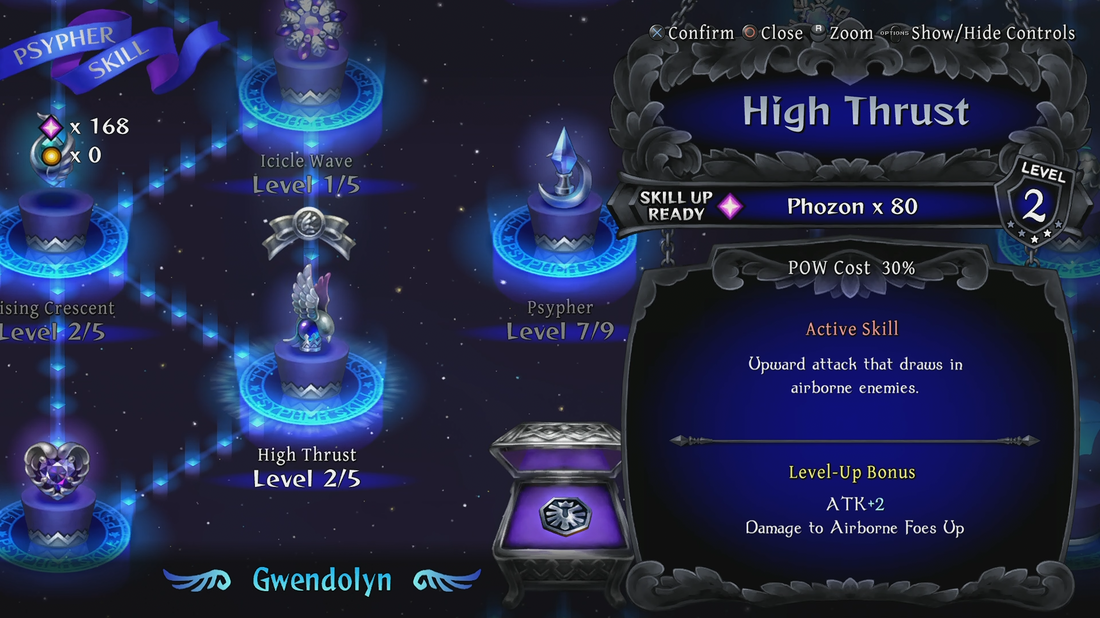
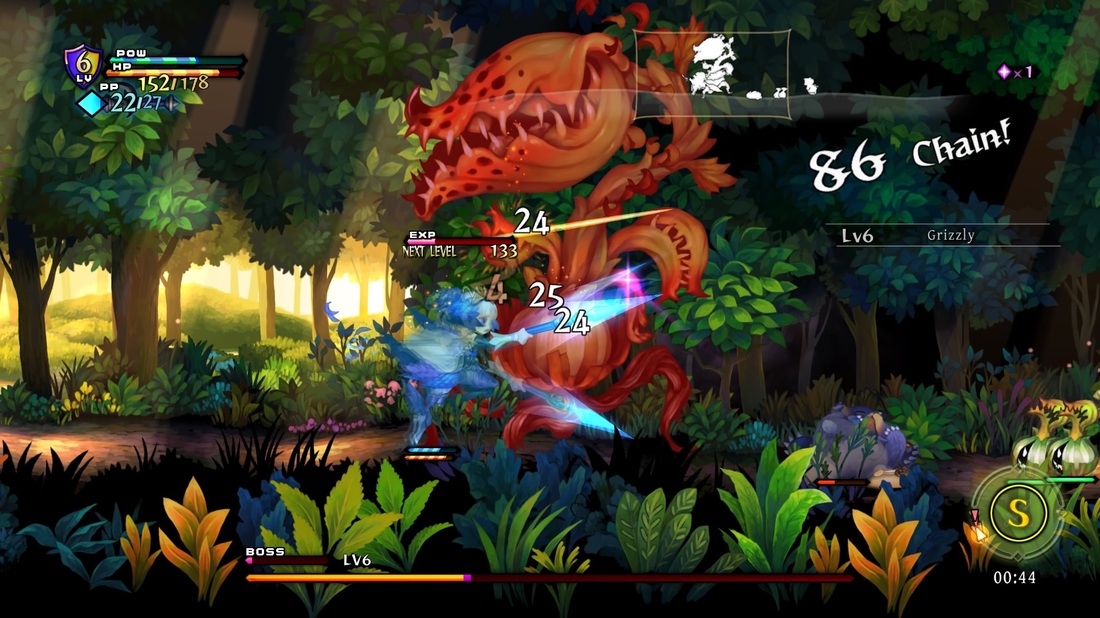
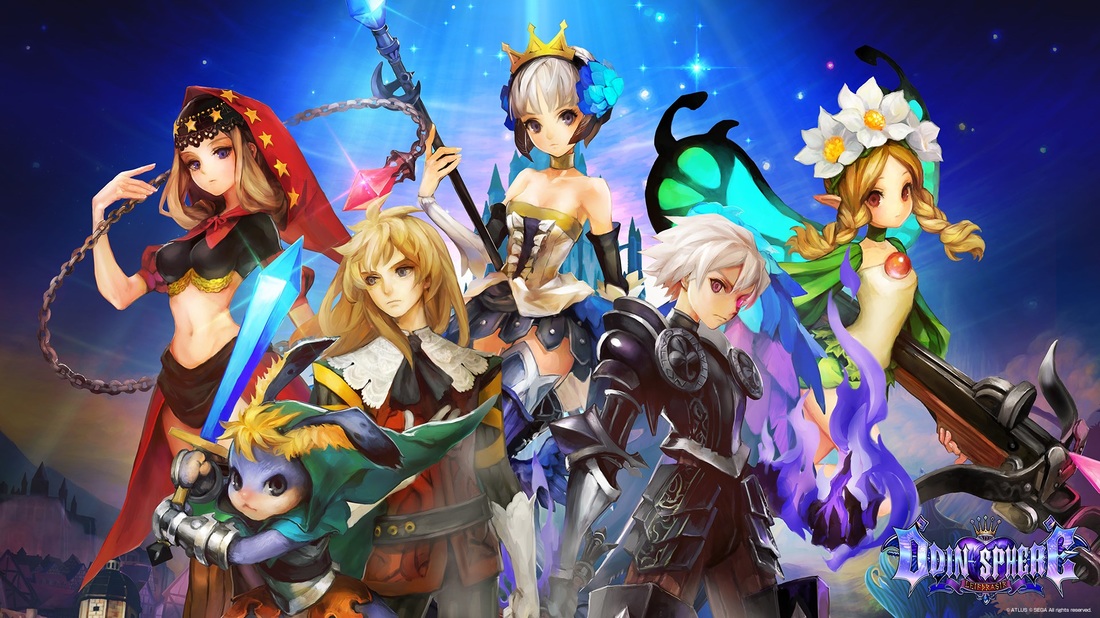
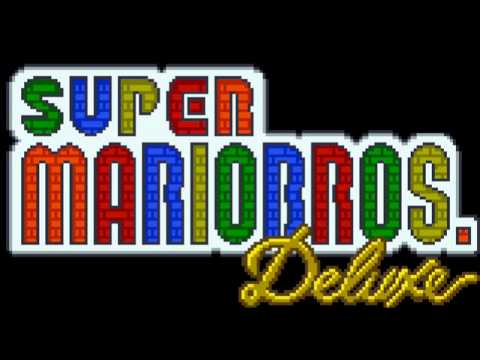
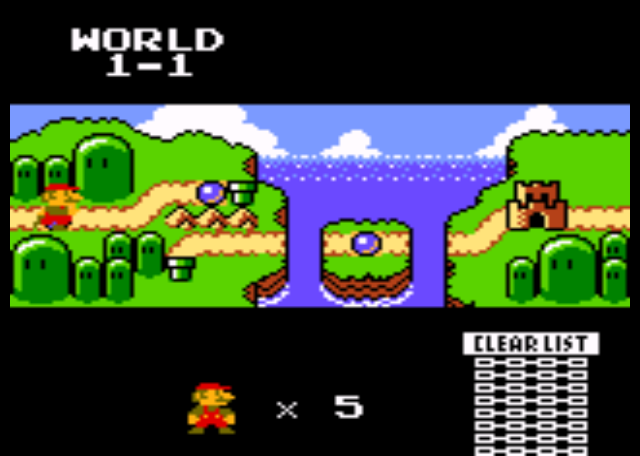

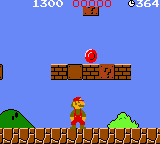

 RSS Feed
RSS Feed